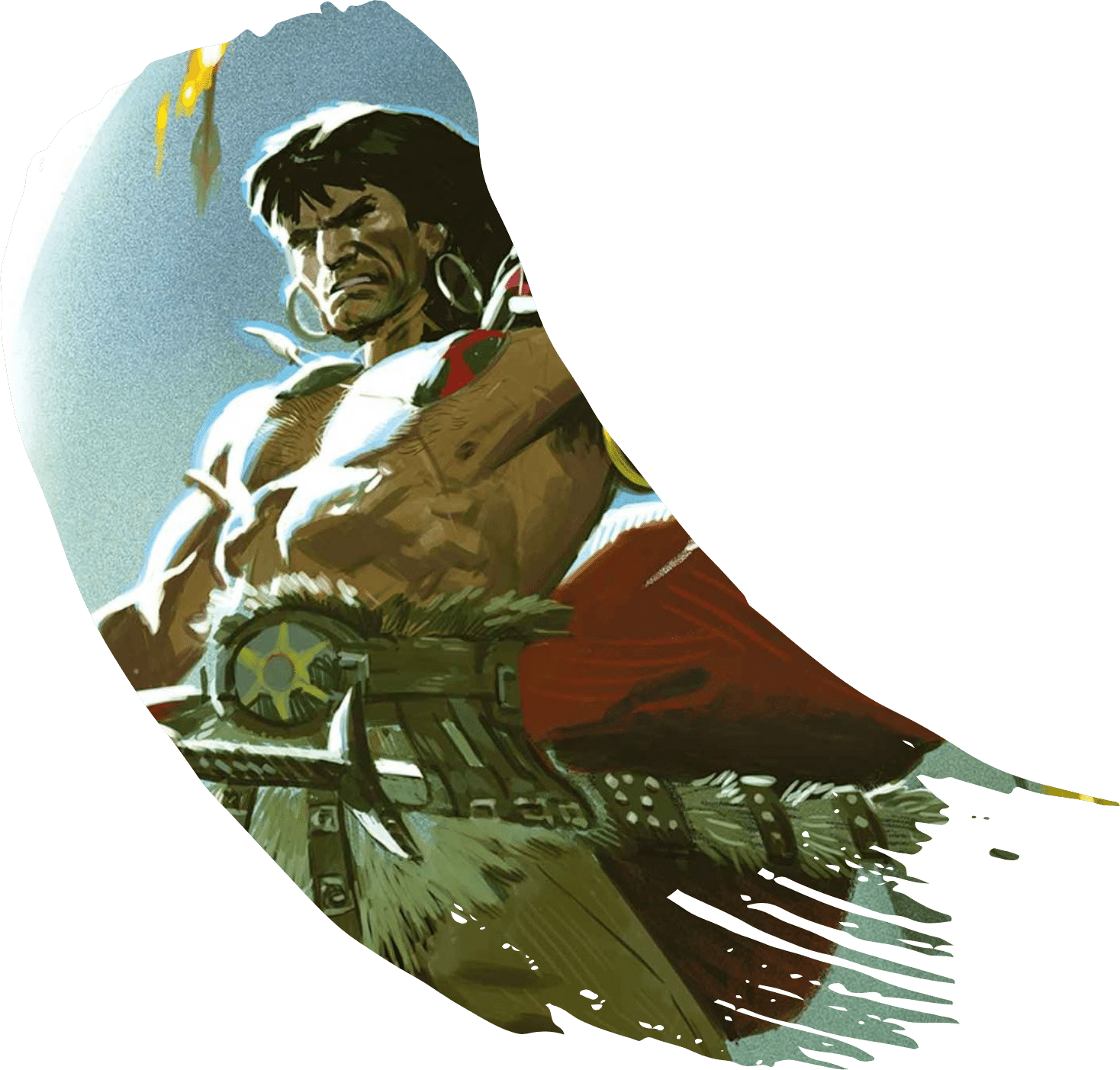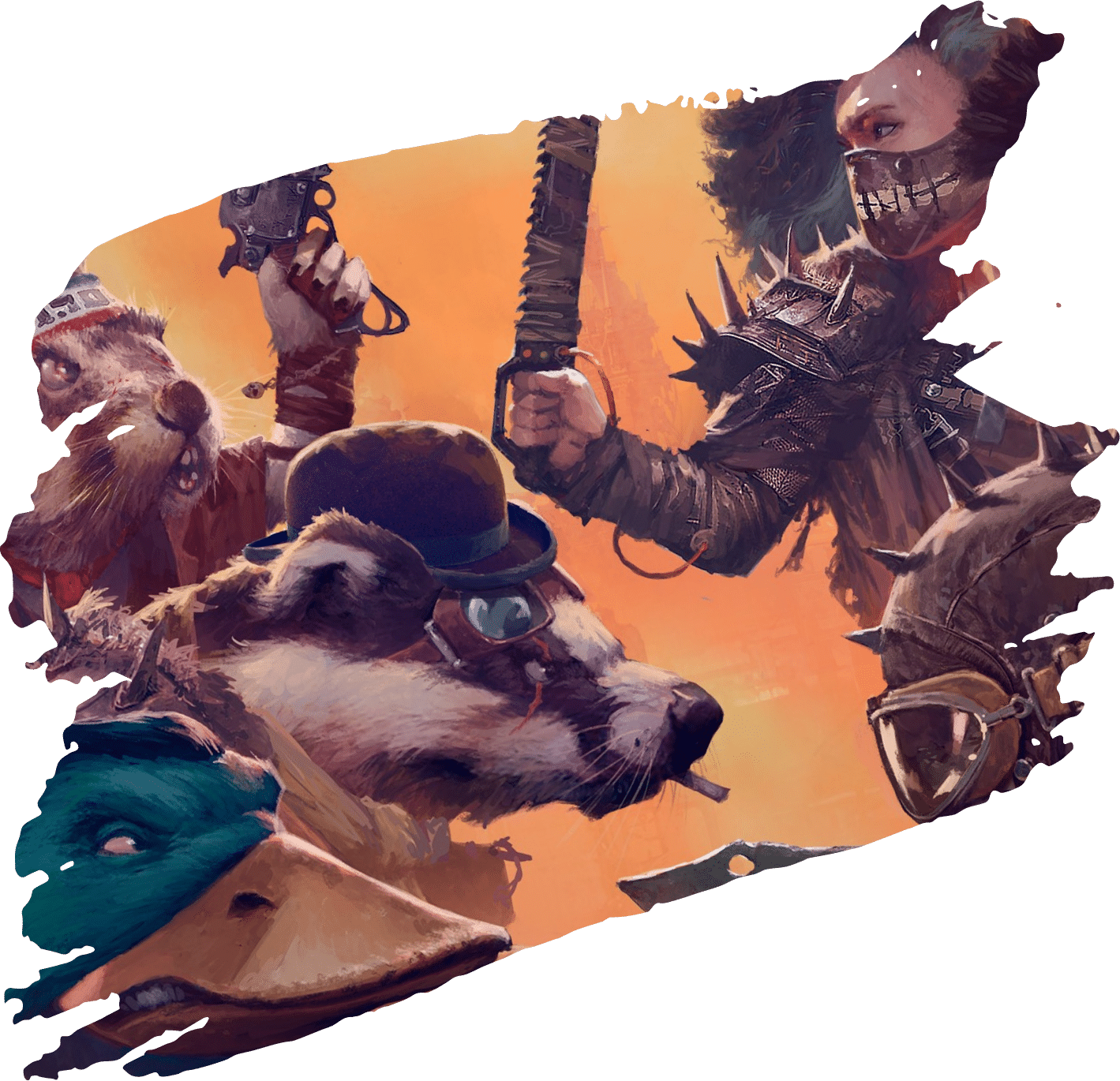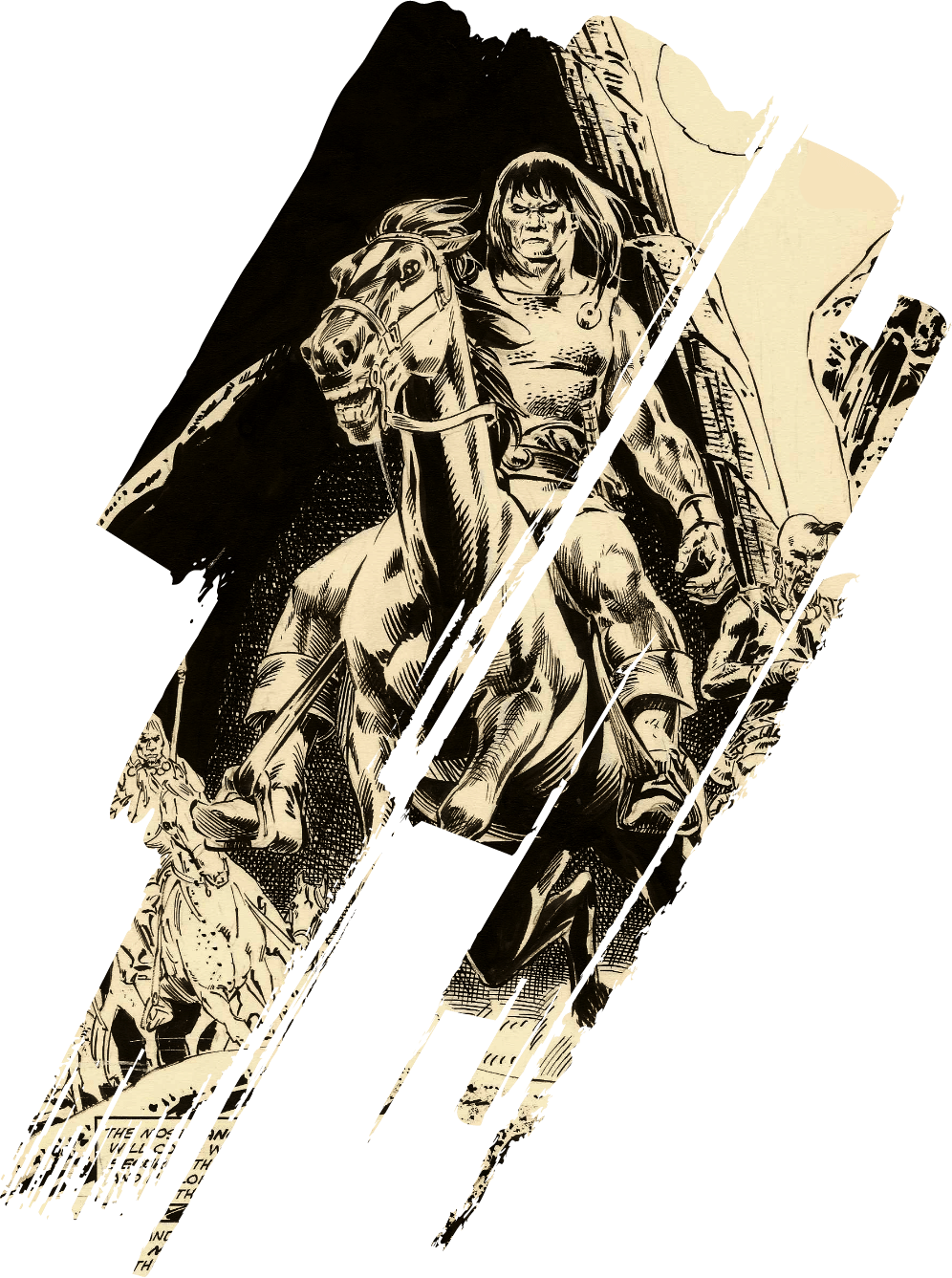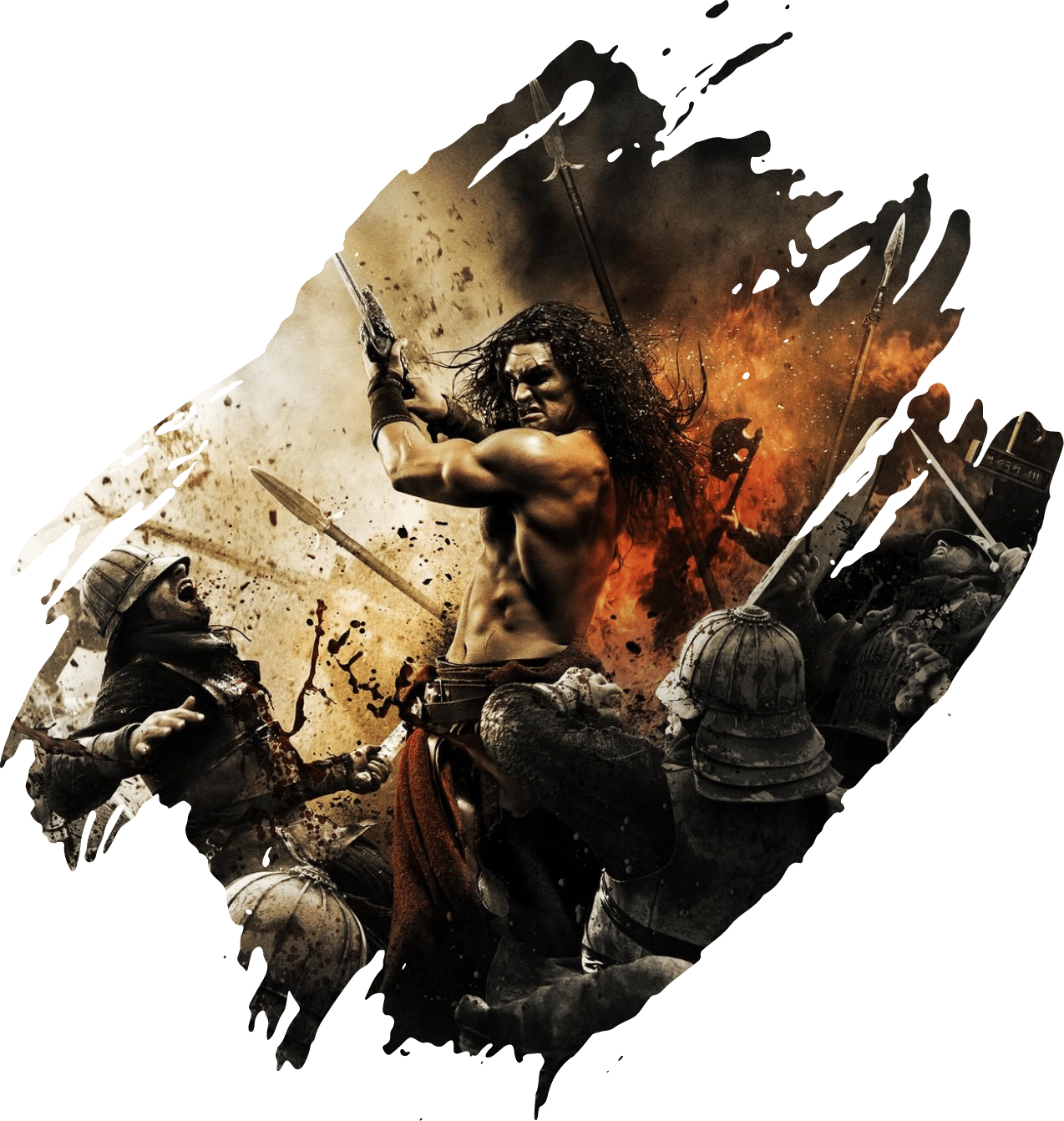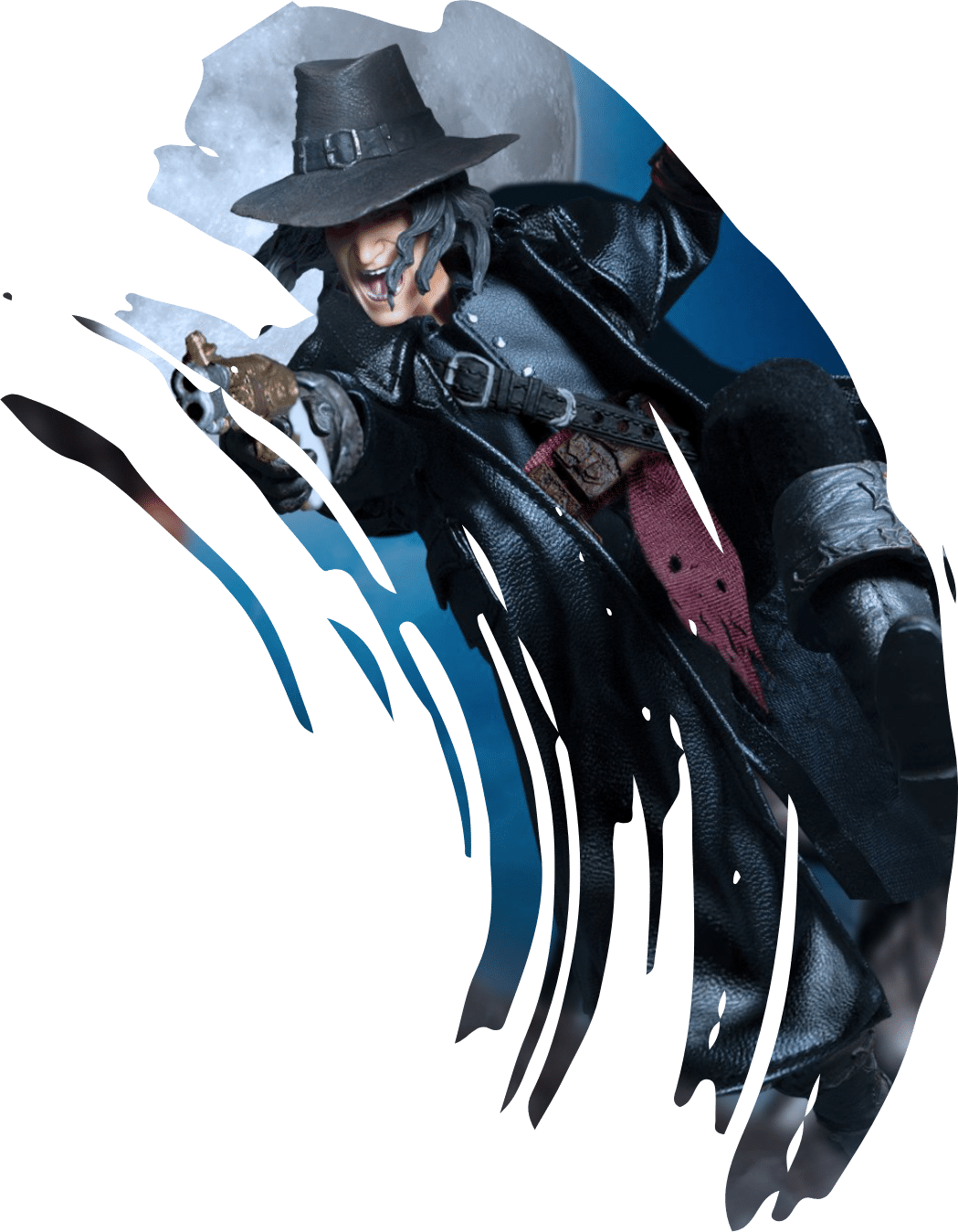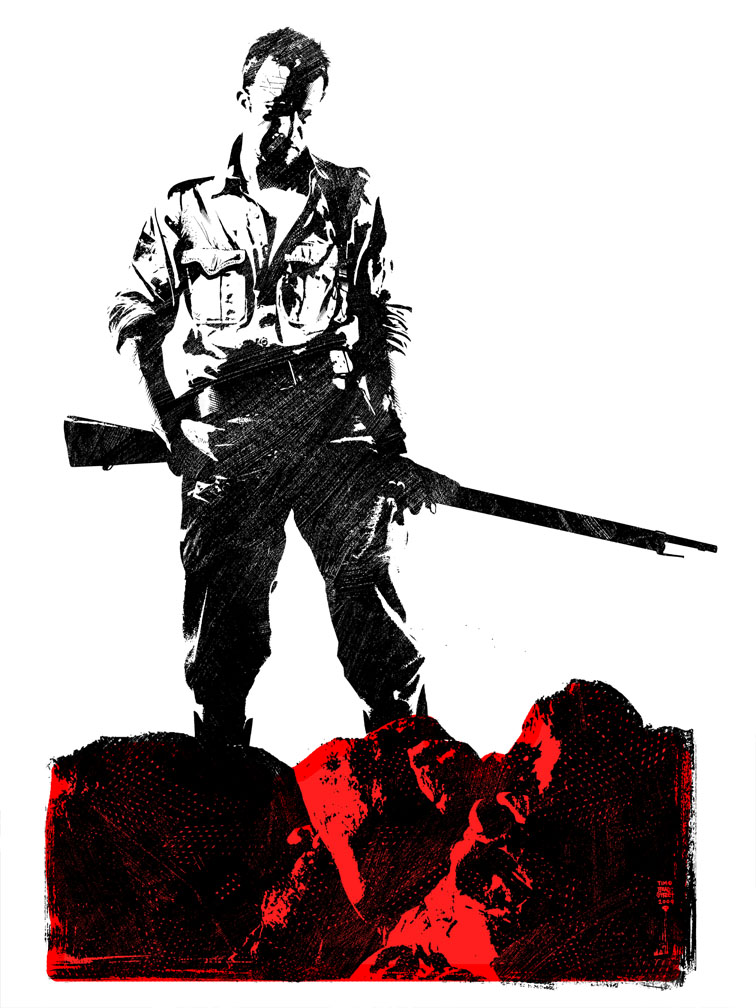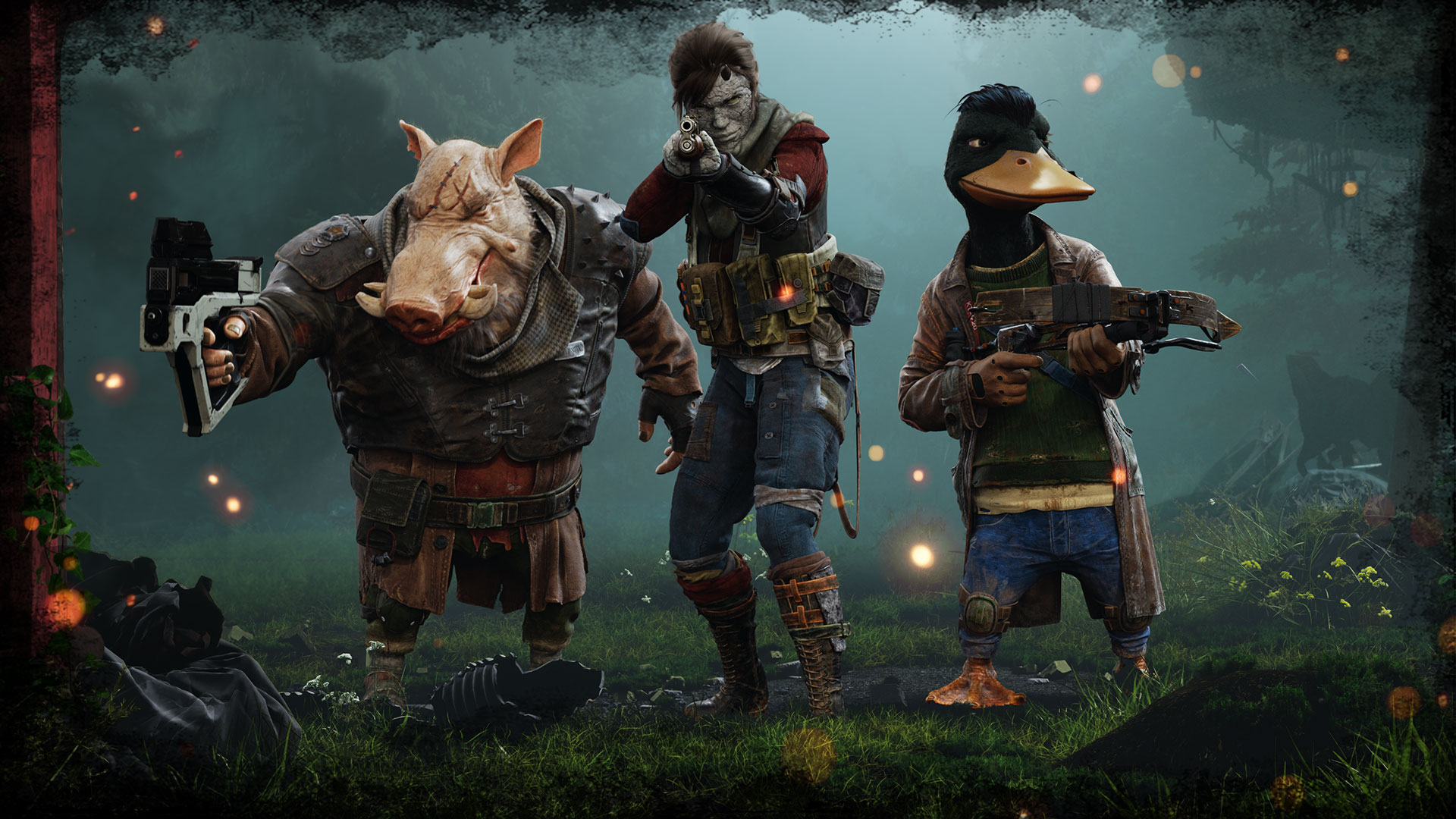In a grim darkness of a forgotten world, Bran Mak Morn stands defiant. ‘I have summoned you to witness the passing of an empire,’ he declared, as the fate of his people hung in the balance. This is the world of Robert E. Howard, where the echoes of ancient battles and the fleeting whispers of lore blend into the fabric of his narratives. His works are not merely tales of adventure and valor but are imbued with a deep sense of history, mythology, and the inexorable decline of civilizations lost to the sands of time.
Here, we now journey deep into the heart of Howard’s universe through the eyes of Bran Mak Morn, the stalwart king of the Picts. It is an exploration of a character who embodies the struggles, the dreams, and the tragic beauty of Howard’s world. Join us as we traverse the shadowed paths of a forgotten era, where the legacy of Bran Mak Morn serves as a lens through which to view the vast, untamed landscapes of Howard’s imagination
Who is Bran Mak Morn?
Bran Mak Morn, the shadow-cloaked monarch of the Picts, stands as a towering figure within the pantheon of Robert E. Howard’s creations, a character wrought from the very essence of ancient valor and indomitable will. Born of the mist-enshrouded landscapes that are as rugged and untamed as the spirit of his people, Bran embodies the Pictish nation’s heart, soul, and undying resolve to resist the encroaching tides of conquest and oblivion.
What does Bran Mak Morn look like?
Physically, Bran Mak Morn is as formidable as the legends that precede him. His stature, while not towering, is marked by a compact, powerful build, a frame honed by the rigors of combat and the harshness of his homeland. His features are a reflection of his people’s enduring resilience: dark eyes that burn with the fire of a born leader, a gaze piercing enough to unsettle friend and foe alike; a visage carved from the very bedrock of Pictland, marked by the trials of countless battles and the burden of kingship. His appearance, often shrouded in the garb befitting his royal status, carries the symbols of his people—their totems, their sacred patterns painted onto hiis skin as a testament to his unbreakable bond with the land and its ancient spirits.

What was Bran Mak Morn like as a king?
UnlikeConan and Kull, who ascended to their thrones through usurpation, with no inherent bond to those they led, Bran was intrinsically woven into the fabric of the Pictish nation. His heritage was ancient, a direct conduit to the very essence of Pictish identity, making him not only a ruler but a symbol of his people’s enduring spirit.
Throughout his stories, Bran’s leadership is marked by an acute awareness of the gravity of the threats that loomed over his people. His complex character is illuminated through the stories “Worms of the Earth,” “Men of the Shadows,” “Kings of the Night,” among others, where his leadership style, deeply rooted in the cultural and mystical heritage of the Picts, is brought to the forefront.
In “Worms of the Earth,” Bran’s determination to avenge the wrongs inflicted upon his people by the Romans showcases his willingness to employ dark and forbidden forces for the sake of justice. This act of summoning the ancient, malevolent entities from beneath the earth to exact vengeance on a Roman governor who wronged a Pictish subject highlights Bran’s deep commitment to his people’s cause, even at the cost of his moral boundaries. It illustrates a leader who, faced with the potential extinction of his culture, chooses the survival of his nation over the purity of his soul.
“Men of the Shadows” explores Bran’s leadership through the lens of sacrifice and the weight of kingship. Here, Bran confronts internal challenges within his tribe, showcasing his role not just as a war leader but as a unifier of his fractious people. His opposition to the blood sacrifice proposed by the shaman Gonar demonstrates his moral compass and his attempt to steer his people away from the barbarism that threatens to define them in the eyes of history. This story underscores Bran’s struggle between the savage heritage of the Picts and the noble vision he holds for their future.
“Kings of the Night” bridges the worlds of Howard’s creations, bringing Bran Mak Morn and King Kull together across the ages. Bran’s ability to summon Kull to lead his forces against the Romans is a testament to his extraordinary leadership and his deep connection to the mystical past of his people. This alliance across time not only emphasizes Bran’s resourcefulness and strategic mind but also his understanding of the symbolic power such a figure as Kull represents in uniting his warriors against a common enemy.
Through these narratives, Howard crafts a nuanced portrayal of Bran Mak Morn as a leader of profound depth, driven by an indomitable will to safeguard his people’s legacy at any cost. His character embodies the eternal conflict faced by those who must navigate the murky waters of power, where the preservation of one’s culture and the wellbeing of one’s people often demand great personal sacrifices.
As we explore this domain, we uncover the layers of meaning woven into the fabric of Bran Mak Morn’s saga, setting the stage for a deeper understanding of the complex tapestry that constitutes Howard’s legendary universe.

Robert E. Howard’s Depiction of Picts and Pictish Lands in the Bran Mak Morn Stories
In the shadow-wreathed realms of Robert E. Howard’s creation, the world of the Picts unfurls as a domain steeped in darkness and mystery. This realm is etched with the stark contrasts of shadow and light, where every stone and stream whispers of ages long past. The Pictish lands, as Howard conjures them, transcend the role of backdrop to become living, breathing entities that pulse with the untold stories of a people standing defiantly at the edge of historic entropy.
The geography of these lands is rugged, untamed, and imbued with a mysticism that transcends the ordinary. Forests, ancient and vast, cloak the landscape, their depths home to secrets and dangers that predate the coming of civilized man. These are woods where the veil between the mortal world and the realm of ancient spirits is thin, where every clearing and shadowed glen holds the potential for both sanctuary and peril. The highlands rise, stark and majestic, challenging the sky with their timeless visage, while hidden valleys cradle remnants of a world that once was, whispering of battles, betrayals, and the undying spirit of the Picts.
The essence of Howard’s depiction of the Pictish world lies in its profound connection to the land itself. The Picts are thoroughly ingratiated into this ancient landscape, their identity carved from the very rock and soil of their homeland. Their villages, fortresses, and sacred sites are constructed with an understanding of the land that speaks to a deep, unbreakable bond—a symbiosis between people and place that defines their cultural heritage to this sod.
This deep intertwining of the Picts with their environment enables Howard to weave tales that are as much about the land as they are about the characters. The challenges faced by Bran Mak Morn and his people are mirrored in the ruggedness of the terrain, the encroaching darkness of the forests, and the relentless march of enemies both human and supernatural. The land itself becomes a character, its moods and shifts reflecting the saga of a people caught in the relentless tide of history.
Howard’s creative genius extends to the portrayal of the Picts’ evolution through his interconnected universe. From their depiction as fierce allies of King Kull to the diminished yet defiant remnants of Bran’s era, the Picts embody the cycle of rise, fall, and resilience. This narrative arc is enriched by Howard’s integration of elements from the Cthulhu Mythos, lending an otherworldly dimension to the Pictish lands. The inclusion of ancient gods and cosmic horrors not only amplifies the sense of mystery and dread that permeates the Pictish world but also connects Bran Mak Morn’s struggles to a larger, cosmic battle against forces that threaten the very fabric of reality.
Through Howard’s masterful worldbuilding and creative license, the Picts are transformed from a historical curiosity into the heart of a narrative that explores universal themes of identity, resistance, and the struggle against oblivion. In doing so, Howard not only pays homage to the power of myth and legend but also cements the Picts’ place in the pantheon of sword and sorcery as symbols of enduring strength and defiance in the face of a world that seeks to erase them.

The Themes of Bran Mak Morn Stories
The stories of Bran Mak Morn are set against the backdrop of a civilization in twilight, the Picts, who, according to Howard’s richly imagined history, have seen the zenith of their culture and are now facing the inexorable march of time and the advance of more dominant forces. This decline is symbolized in their continuous battles against the Romans, emblematic of the burgeoning forces of empire and colonization that seek to erase the unique identity of the Picts. In this, Howard mirrors the broader historical context of his time, reflecting the global shift away from colonialism and the rise of nationalistic movements seeking to reclaim autonomy from imperial powers.
Howard’s depiction of the Picts, from their height in the era of King Kull to their eventual descent into a more primitive state, encapsulates the theme of racial memory— the collective inheritance of a people’s triumphs, tragedies, and traumas. This memory is a beacon for Bran, driving his actions and decisions as he attempts to navigate the survival of his people against the seemingly unstoppable might of Rome. His leadership is characterized by both martial prowess as well as a deep understanding of his people’s ancient heritage and a determination to preserve it against all odds. This struggle against cultural erasure and the loss of identity resonates deeply in a modern context, echoing the experiences of indigenous and marginalized communities worldwide.
The narrative arc of the Picts, under Bran’s leadership, is a poignant commentary on the cyclicality of civilization. Howard portrays this decline not as an expected consequence of external conquest but as a complex interplay of loss, memory, and the inevitable passage of time. The Picts’ transition from a once-great civilization to a people fighting for their very survival in the face of a more technologically advanced empire serves as a metaphor for the cyclical nature of history, where all empires, regardless of their might, are doomed to fall.
Moreover, Bran Mak Morn’s interactions with other Howardian characters such as King Kull, whose own historic empire rose and fell before the Great Cataclysm, bridges the mythic past with the tangible struggles of his present, creating a continuum that spans Howard’s fictional universe. This interconnection underscores the timelessness of Bran’s struggles, highlighting the universal fight against the forces of domination and the erosion of cultural legacies.
As we draw the curtains on the saga of Bran Mak Morn, the indomitable king of the Picts, and venture forth into the broader expanse of Robert E. Howard’s universe, it’s essential to recognize the foundational role that these stories play in the tapestry of sword and sorcery.
To those who seek to traverse the realms created by Howard, to understand the intricate layers of his storytelling, and to experience the raw power of his narrative, the journey must begin with Bran Mak Morn. “Worms of the Earth” stands as a monumental work within this collection, a must-read for aficionados and newcomers alike. This story, in particular, bridges the ancient and the arcane, offering a glimpse into the thematic richness that defines Howard’s work.
As we conclude this exploration, let us not view it as an ending but as an invitation to continue engaging with the characters and worlds crafted by Robert E. Howard. For in the tales of Bran Mak Morn, and indeed, throughout Howard’s vast body of work, lies a wellspring of inspiration that continues to define and shape the sword and sorcery genre. To fully appreciate this legacy, one must immerse themselves in the stories, starting with “Worms of the Earth” or the new “Red waves of Slaughter,” and allow themselves to be transported to a world where the ancient drums of Pictdom still sound, echoing through the ages and into the heart of modern fantasy.



